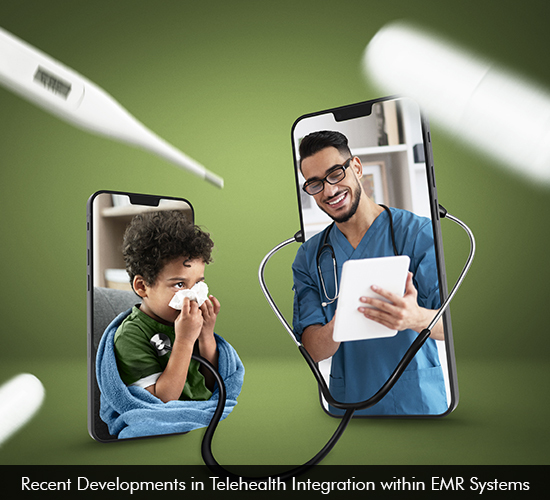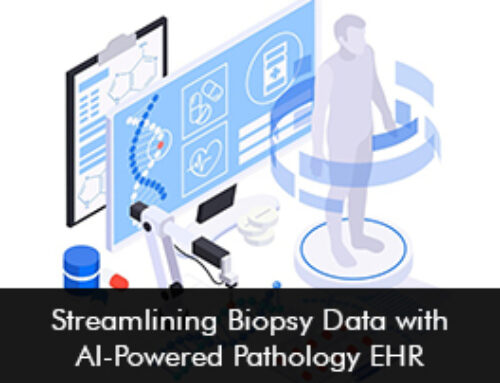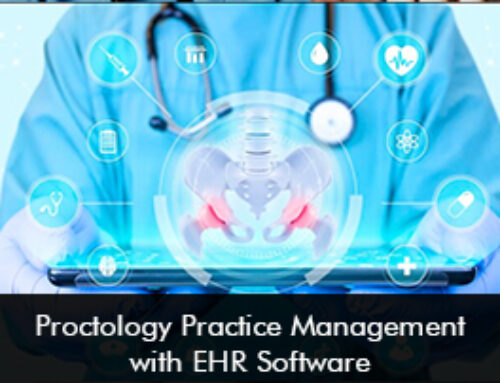The healthcare business has seen tremendous upheaval in recent years, owing to technological improvements and the desire for more accessible and convenient patient care. Integration of telehealth services within Electronic Medical Record (EMR) systems has been one of the most significant shifts. This integration has transformed healthcare delivery by improving patient-provider relations, increasing efficiency, and broadening access to medical treatments. In this article, we will look at the most recent advancements in telehealth integration into EMR systems, highlighting the benefits and implications for healthcare in the future.
Telehealth Integration in EMR Systems: Key Developments
Seamless Virtual Visits:
Recent improvements in telehealth integration have allowed EMR systems to incorporate virtual encounters seamlessly. Patients can now make appointments, have video consultations, and get medical advice from the convenience of their own homes. EMRs enable for secure communication between patients and clinicians, as well as real-time interaction and diagnosis.
Real-Time Data Sharing:
Telehealth integration inside EMR systems enables healthcare practitioners to share patient data in real time. This feature improves care coordination by allowing primary care physicians, specialists, and other healthcare professionals to access the same up-to-date information, resulting in more informed decisions and less testing duplication.
Integrated Documentation:
Telehealth contacts can now be documented immediately within the patient’s electronic health record using EMR systems. This integration guarantees that all medical information, including notes, medications, and treatment plans, is centralized in one location, supporting care continuity.
Remote Monitoring and Wearables:
Some EMR systems offer telehealth integration with remote monitoring devices and wearables. Patient-generated health data, such as vital signs and activity levels, can be automatically synchronized with the EMR, allowing doctors to remotely monitor patients’ health conditions and intervene as needed.
Mobile Applications:
Telehealth integration inside EMR systems has expanded to mobile platforms as smartphones and mobile apps have proliferated. Patients can use dedicated mobile applications to access their health records, make appointments, and participate in virtual visits, increasing convenience and patient involvement.
E-Prescriptions and Medication Management:
EMR systems with telehealth integration now include e-prescribing features, allowing providers to electronically send prescriptions to pharmacies straight from the EMR. This feature simplifies drug administration and lowers the risk of errors associated with traditional paper prescriptions.
Benefits of Telehealth Integration within EMR Systems
Enhanced Accessibility:
Telehealth integration widens access to medical services, especially for patients in remote or underserved areas, and those with mobility challenges.
Improved Patient Engagement:
Patients can take an active role in their healthcare journey by accessing their health records, booking appointments, and participating in virtual visits via EMR-integrated telehealth services.
Time and Cost Savings:
Telehealth eliminates the need for face-to-face visits, saving patients time and lowering healthcare expenditures associated with travel and facility visits.
Efficiency and Coordination:
EMR-integrated telehealth streamlines communication between healthcare providers, leading to better care coordination and reduced administrative burdens.
Continuity of Care:
Integrating telehealth seamlessly ensures that telehealth contacts are captured inside the patient’s health record, allowing for continuity of care and informed decision-making.
Future Implications
The ongoing developments in telehealth integration within EMR systems hold promising implications for the future of healthcare:
Expanded Specialized Care:
Telehealth-integrated EMRs allow patients to receive specialized care from experts all around the world, removing geographical constraints.
Data-Driven Insights:
The combination of remote monitoring and wearables produces significant patient-generated health data that can be examined to get insights into population health trends and individual patient development.
AI and Predictive Analytics:
The integration of telehealth and EMR data lays the groundwork for enhanced AI-powered predictive analytics, which will aid in early disease detection, individualized treatment regimens, and preemptive interventions.
These innovations promote patient engagement, care coordination, and pave the path for more personalized and efficient healthcare delivery. As technology advances, the incorporation of telehealth into EMR systems will almost certainly play a major part in the future of medicine, ushering in a new era of accessible, patient-centered care.







